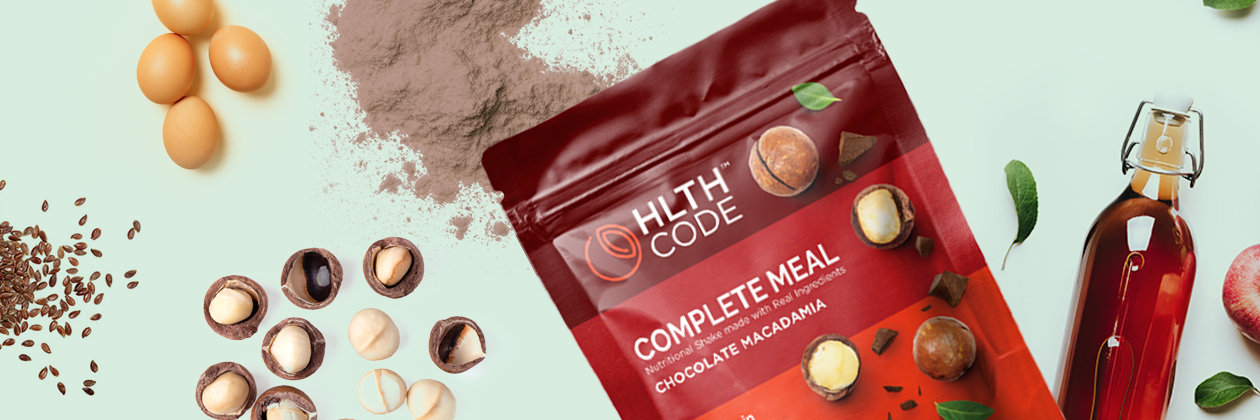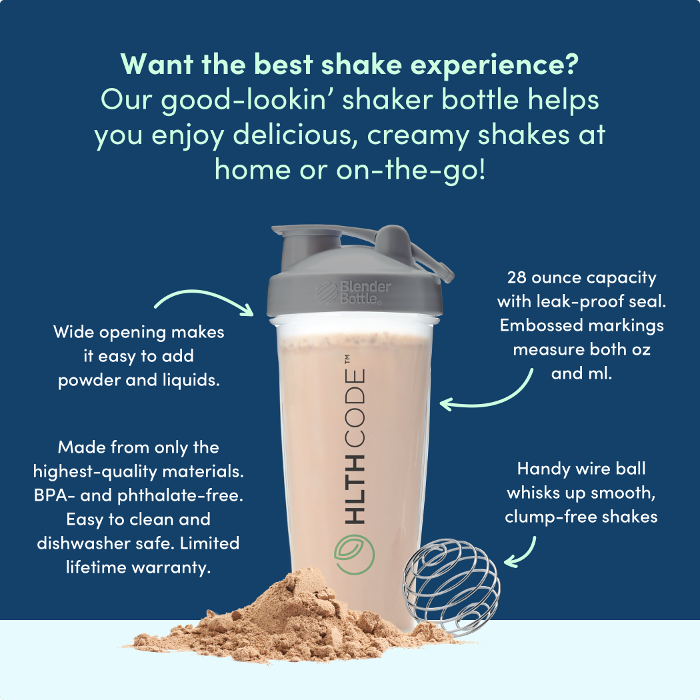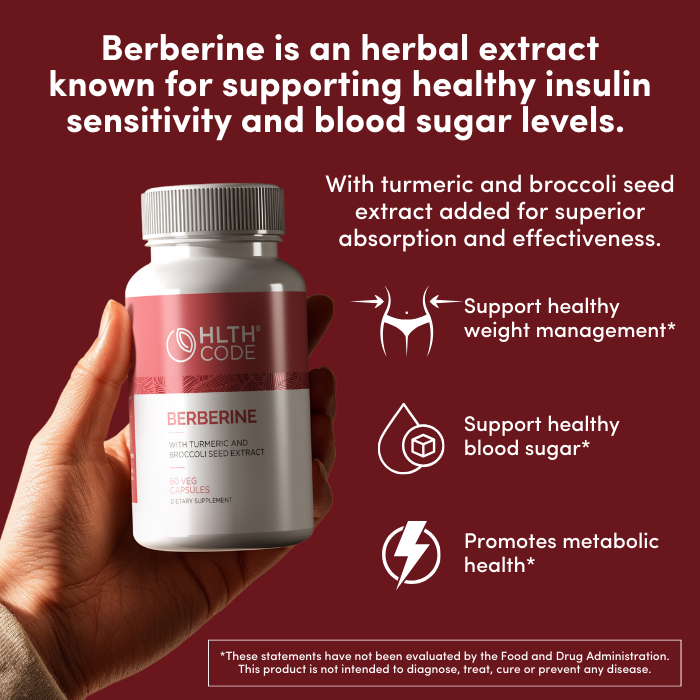The metabolic effects of alcohol

We commonly state there are three macronutrients—three classes of nutrient we eat that provide significant calories to the human diet: carbohydrates, fats, and proteins. However, there’s a fourth: alcohol.
Alcohol does indeed have calories (7 kcals)—somewhere between carbs (4 kcals) and fat (9 kcals). Additionally, it is a demanding macronutrient—when alcohol enters the body, it insists on being burned first. In a way, alcohol has “priority boarding” [1] . This means whatever other nutrients are either already in the blood (i.e., high blood glucose), or that come with the alcohol, such as sugar, have to wait to be burned.
One reason for this metabolic priority is that alcohol can’t be stored in the body; when it comes in, it gets metabolized for energy. This is unique. Excess dietary fats can readily be stored as fat, while excess dietary carbohydrates can be stored as either glycogen in the liver (the stored form of glucose) or as fats in the liver and fat cells. There is no “alcohol storage”. However, while alcohol demands metabolic priority, most of the body can’t burn alcohol for energy; this is a job that only the liver can do. Only the liver has the necessary enzymes to burn alcohol for energy [2].
Unfortunately, because the metabolic demand of burning alcohol rests solely on the humble liver, it gets easily overwhelmed and is often unable to completely metabolize all of the alcohol. When this happens, and it does so easily and often, the liver has another trick—it turns the excess alcohol to fat [3]. As this happens often, the fat steadily accumulates in the liver, eventually giving rise to the most common liver problem worldwide: fatty liver disease [4].
The metabolic drama doesn’t end there. While alcohol has been demanding priority boarding onto the metabolic train, the other passengers, namely any excess glucose or fats in the blood, have had nowhere to go. As the crowd grows, these nutrients give up trying to board the metabolic train and simply take up residence where they currently lay. This contributes significantly to the storage of fat in tissues that are ill suited to long-term fat storage, such as the liver, muscles, and more [5], leading to substantial cardiometabolic issues, such as insulin resistance and heart disease [6].
The obvious solution to the metabolic consequences of alcohol is to limit consumption in general. An additional step is to watch for the sugar content in the alcohol, insofar as many drinks contain substantial sugar (which “waits around” and turns to fat). However you choose to offset the metabolic consequences of alcohol, control other aspects of your diet to limit sugar and refined starches, as well as avoiding refined seed oils.
References
- https://www.sciencedirect.com/science/article/pii/S0306987720300797
- https://www.ncbi.nlm.nih.gov/pmc/articles/PMC4209533/
- https://www.ncbi.nlm.nih.gov/pmc/articles/PMC4209533/
- https://www.sciencedirect.com/science/article/pii/S0168827813001840
- https://www.cambridge.org/core/journals/proceedings-of-the-nutrition-society/article/ectopic-fat-insulin-resistance-and-nonalcoholic-fatty-liver-disease/48B5D6D383ADB91FF776B1DFC33D4637
- https://www.ahajournals.org/doi/abs/10.1161/ATVBAHA.114.303034
This article is for informational and educational purposes only. It is not, nor is it intended to be substitute for professional medical advice, diagnosis, or treatment and should never be relied upon for specific medical advice.


















